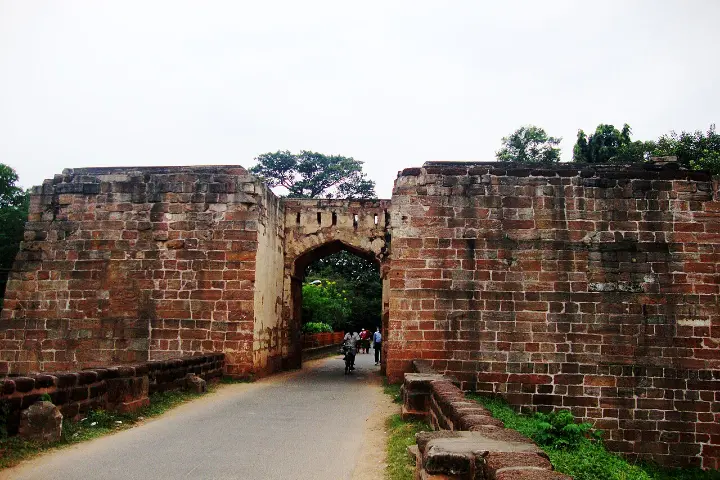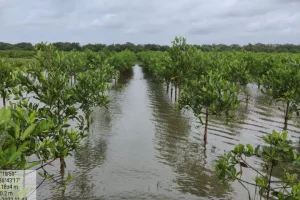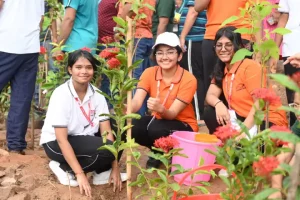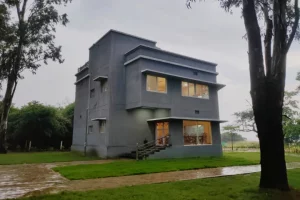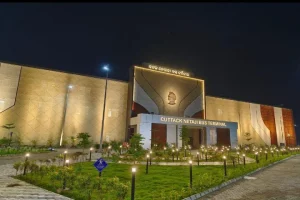The famous and historic Barabati Fort in the city of Cuttack, Odisha was excavated after a gap of 16 years and on the first day a broken structural fragment – a human face of a stone sculpture – was found. This artefact was found in a trench located in the northeast direction of the remains of the fort’s pillared hall on the first day of digging.
Talking about the excavation project and the sculpture, Dibishida Gadnayak, Puri head of Archaeological Survey of India, said that the objective of this round of digging is to uncover historical artefacts and evidence which will help to establish the ancient link between Southeast Asian countries and India and Odisha. It is said that India once had strong maritime connections with Sumatra and Bali.
About the trench where the artefact was found, Gadnayak said it appears to have two to three metres of deposits and the fragment going by its style seems to belong to the 13th or 14th Century.
For the present phase of digging four areas in the fort have been identified.
The Fort in 1915 was declared protected by ASI and in 1989 the first excavation was done. The last time the fort was dug up was in 2007.
Earlier diggings in the fort were done with the aim to establish its cultural chronology. Some of the important antiquities found during the digging included a seated goddess, fragment of a lamp, lion-head, fragments of stone pot and balls, sling balls, pieces of animal figurines of terracotta and axe and a stylus made of iron.
Other findings included many pottery items like spouted vessels, storage jars, knobbed lids, miniature dishes, bowls, and pots and also lamps, a part of a hookah and some pieces of Chinese porcelain.
During the excavation which took place in 1989, the Fort’s central mound area revealed the remains of a palace, a pavilion and foundation blocks made of rhodolite. In the southern area 18 big pillar bases, aligned in four rows at regular intervals, were exposed.
History of Barabati
Barabati came into being in 987 CE when Maharaja Markata Keshari of the Somvanshi dynasty built a stone embankment to protect Cuttack, then known as Kataka.
There are divergent views about the date of construction of Barabati Fort. It is said that King Anangabhima Deva III of the Eastern Ganga dynasty while crossing the Mahanadi came towards the southern side and saw a strange sight. He witnessed a heron jumping on a hawk. Following this on an auspicious day the foundation for construction of the fort was laid and the village was named Barabati Cuttack.
The Karranis of Bengal got the possession of the Fort in 1568 and in 1576 it became part of the Mughal Empire and then the Maratha in 1741. In 1803, Cuttack along with the rest of Odisha came under British rule.






